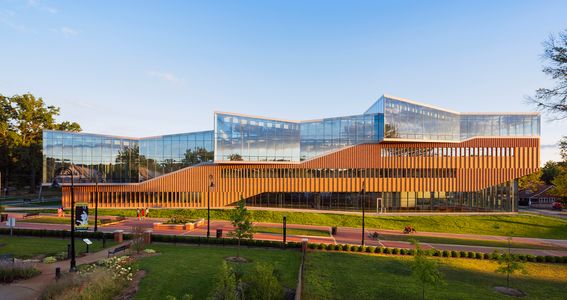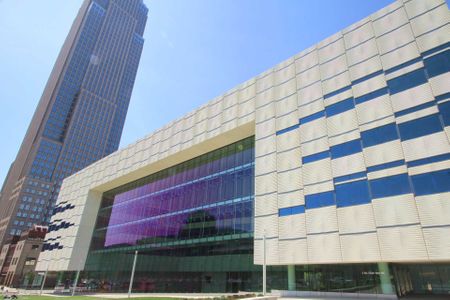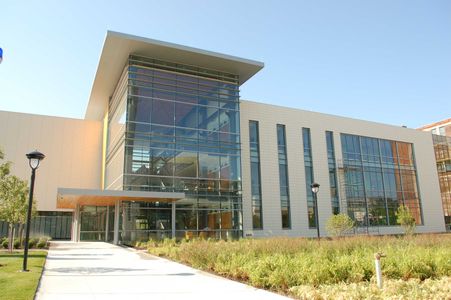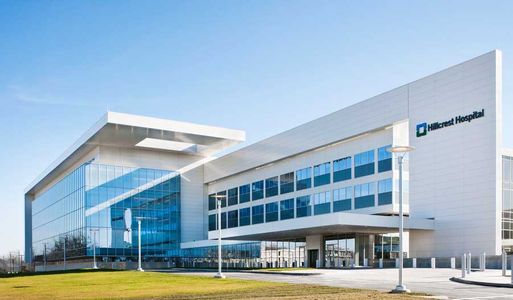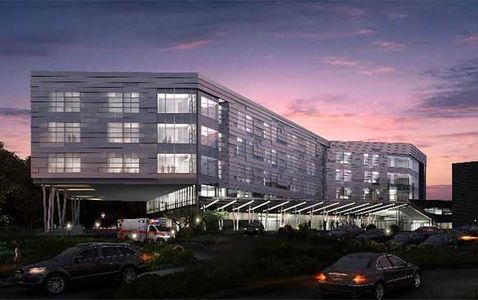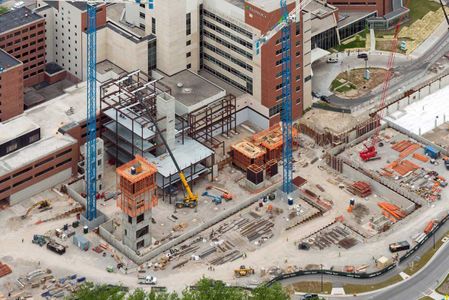LEED experts for environmentally sustainable commercial construction projects
Leadership in Energy and Environmental Design, also known as LEED, is a rating system that was developed by the United States Green Building Council (USGBC) to assess the impact that buildings have on the environment, and to put forth practices in accordance with green building standards. The LEED credit-based system was developed as a “rating system to accelerate the development and implementation of green building practices.”
LEED’s credit-based system is composed of prerequisite minimums and additional credits, allowing a building to achieve varying levels of certification ranging from Certified, Silver, Gold, and Platinum. Prerequisites are the minimum requirements in order for a building to be considered for LEED certification. Upon achieving prerequisites detailed in the system, projects begin earning LEED credits through sustainable design to achieve varying levels of the certification. The system closely outlines intents, requirements, technologies, and strategies to equip teams with detailed methods for achieving each credit.
Credits are divided into 8 distinct groups to ensure sustainability is considered in all facets of construction. The credit groups are as follows:
- Location and Transportation
- Sustainable Sites
- Water Efficiency
- Energy and Atmosphere
- Materials and Resources
- Indoor Environment Quality
- Innovation
- Regional Priority
The varying credits are aimed at improving energy saving methods, water efficiency, CO2 emission reduction, and indoor environmental quality for building occupants. Furthermore, credits ensure that materials used in the construction of buildings are thoughtfully considered with sustainability in mind to reduce environmental impacts. Green building practices are thoroughly implemented in design, construction, operations, and maintenance solutions.
Varying LEED rating systems are implemented based on projects types, including:
- New Construction
- Core and Shell
- Commercial Interiors
- Homes
- Neighborhood Development
- Schools
- Healthcare
- Retail
- Existing Building Operations and Maintenance
OCP Contractors is highly experienced in implementing practices in accordance with LEED standards in each key market type. Specifically LEED MR Credit 1 (Construction Waste Management) and EQ Credits 3.1 and 3.2 (Construction IAQ Management Plans) detail processes that construction companies should employ in all phases of a construction project in order for credits to be achieved. OCP’s lean practices on the job site and weekly site walkthroughs ensure efficiencies and waste management are key practices that ensure credit achievement.
A detailed understanding of the requirements for LEED certification and a team of professionals dedicated to green building design ensures that each opportunity is taken on-site to reduce the project's carbon footprint. OCP successfully incorporates LEED standards and guidelines into each facet of a project from processes to thoughtful selection of materials and on-site construction practices in accordance with waste management.

